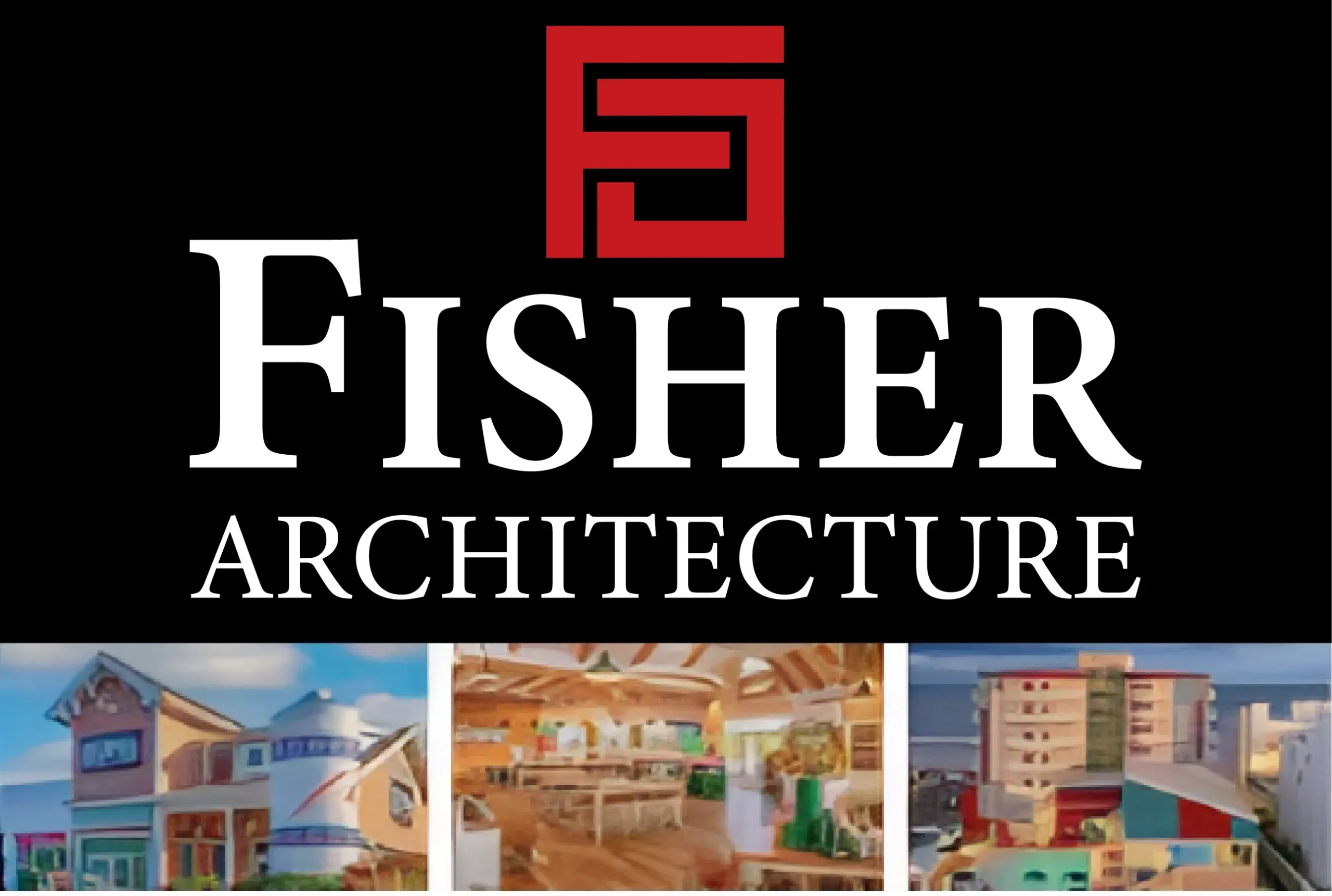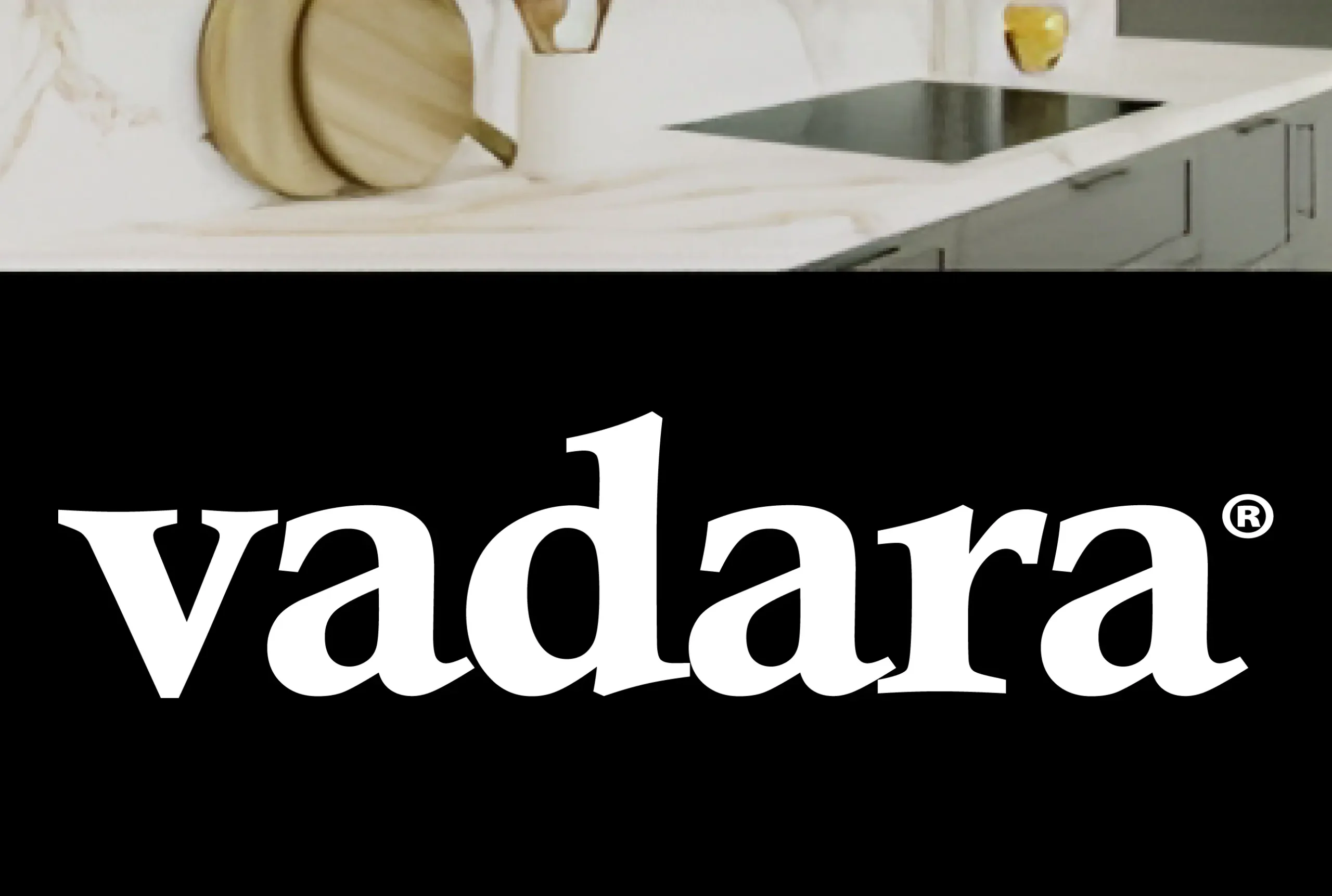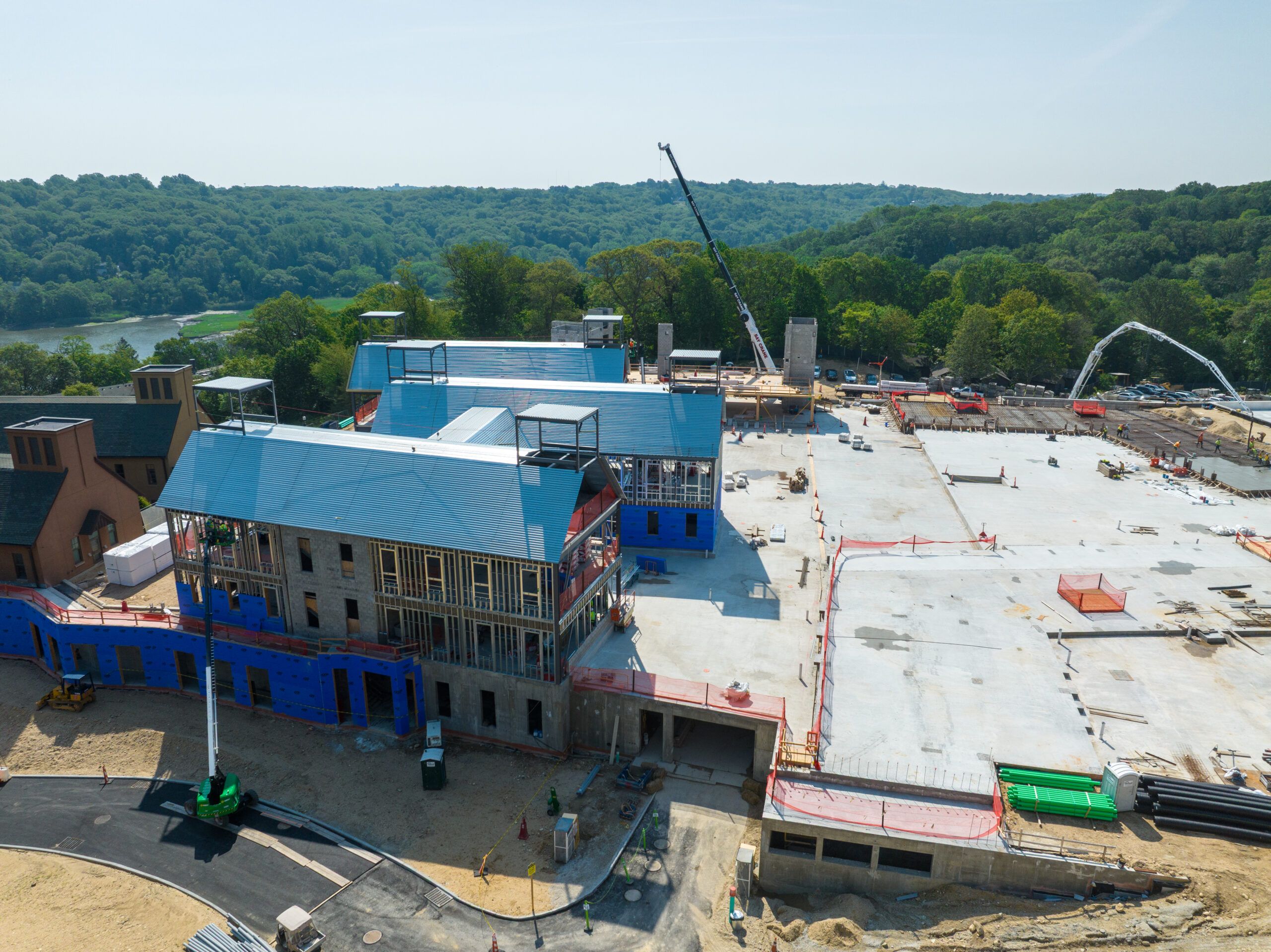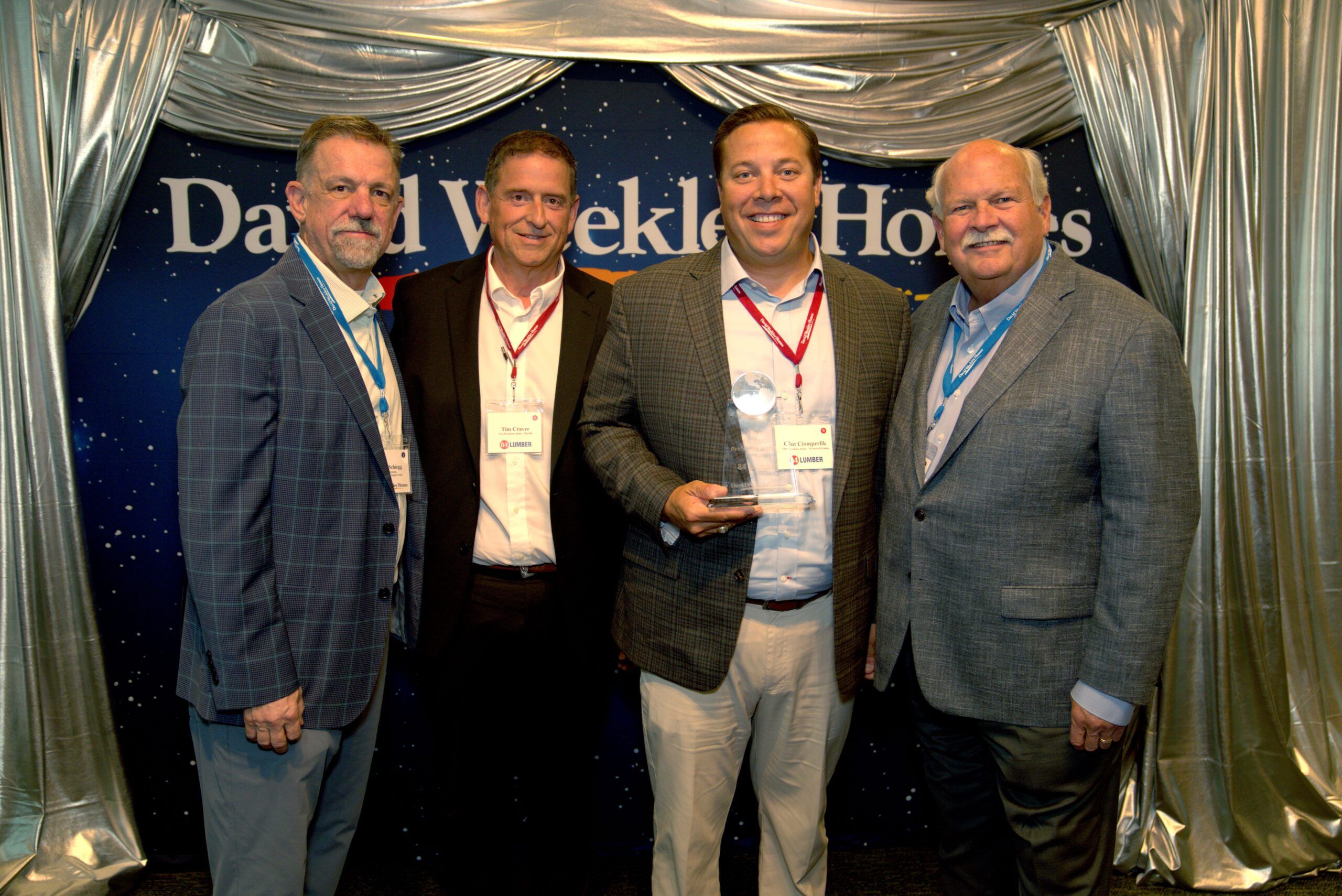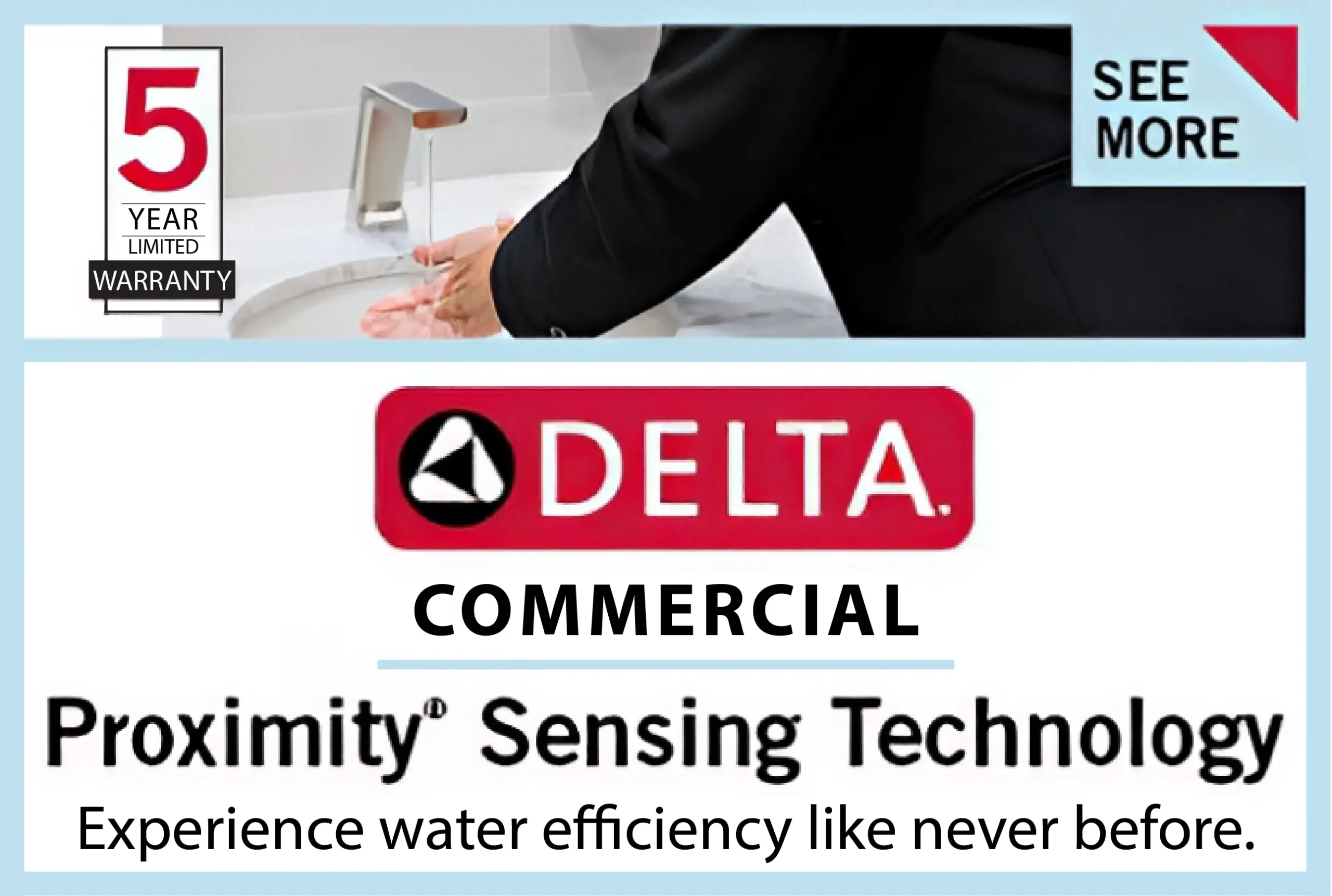Glass facades are key design elements in modern architecture. Composed of multiple layers of high-performance glass, this type of facade system offers transparency and a clean design. If you look at the urban skyline, you’ll see that it has become a canvas for these aesthetically pleasing structures.
Besides their transparency, glass facades, such as those offered by Innovative Glass Solutions, also demonstrate an amalgamation of architectural intricacies and practicality. In fact, these glass solutions help environmentally sustainable and energy-efficient buildings. Let’s try to understand why modern-day architects are increasingly using glass facades for commercial buildings.
Reasons to Use Glass Facades for Commercial Buildings
Glass facades offer an incredible combination of aesthetics, efficiency, and sustainability. When compared to other materials used for exteriors in commercial buildings, glass facades offer some clear advantages, such as:
Aesthetic Appeal
Glass facades are known for their clean and modern appearance. The transparency of glass offers a sense of openness in urban settings. At the same time, the intricate shapes and treatments of these glass solutions create a unique visual impact. The aesthetics of these glass facades add more character to the urban skyline.
Energy Efficiency
Glass facades also help improve the energy efficiency of a building when they are strategically designed. They minimize heat transfer while allowing maximum natural light penetration to the building. As a result, the demand for lighting and HVAC systems reduces significantly.
Sustainability
Most modern glass solutions come with features like self-cleaning coatings and solar heat-control abilities. Due to these advancements, buildings no longer require harsh chemicals for cleaning and can protect themselves from unwanted heat gain. Choosing the right glass facades can reduce a building’s environmental impact.
The Impact of Glass Facades on Modern Architecture
It is evident that glass facades have a massive impact on modern architecture, especially in commercial building designs. Apart from the practical benefits, they have also influenced how architects approach building design today. Innovative glass designs allow buildings to look more open and airy, creating a sense of lightness. This has resulted in the development of new building designs and styles that focus on transparency.
You can also notice the influence of glass facades on building technology and engineering. With the availability of advanced glass technology, architects are now focusing on designing buildings with high-performance glass. These glass solutions are more energy efficient, resistant to breakage, and better at managing solar heat. Due to these properties, modern buildings with glass facades are more sustainable and can withstand the changing climate conditions.
Glass facades also significantly impact the way modern buildings interact with their surroundings. Their transparency and openness allow them to blend easily with their environment and become a part of the surrounding landscape. This has encouraged the development of sustainable design practices. The incorporation of natural light into building architecture and the use of green roofs are some of the practical examples.
Different Types of Glass Facades Used for Commercial Buildings
The use of glass in facade systems has gone through many changes over the years. Today, glass facades are an essential part of modern architecture. With all the different types of glass facades to choose from, architects have the flexibility to create innovative designs that are both functional and aesthetically appealing. Some of the common types of glass facade systems used today include:
Stick-Built System: In this glass facade system, individual pieces of glass are attached to a frame on the construction site.
Point-Supported System: This glass facade system connects the glass to the building structure using small metal fillings. It gives the appearance of a suspended glass facade.
Unitized System: This system involves the use of pre-fabricated units of glass and framing that are assembled off-site and then installed on the building.
Structural Glazing System: In this system, the construction professionals use silicone adhesive to bond the glass directly to the building structure to achieve a seamless appearance.
Wrapping Up
If you take a look at the urban skyline, you will see the influence of glass facades in modern building designs. While they provide plenty of practical benefits like natural and energy efficiency, these glass facades have a significant contribution to building aesthetics, sustainability, and more. As glass technology continues to evolve, we may see more innovations in building designs that prioritize sustainability.


